Large language models (LLMs) like OpenAI’s ChatGPT all suffer from the same problem: they make stuff up.
The mistakes range from strange and innocuous — like claiming that the Golden Gate Bridge was transported across Egypt in 2016 — to highly problematic, even dangerous.
A mayor in Australia recently threatened to sue OpenAI because ChatGPT mistakenly claimed he pleaded guilty in a major bribery scandal. Researchers have found that LLM hallucinations can be exploited to distribute malicious code packages to unsuspecting software developers. And LLMs frequently give bad mental health and medical advice, like that wine consumption can “prevent cancer.”
This tendency to invent “facts” is a phenomenon known as hallucination, and it happens because of the way today’s LLMs — and all generative AI models, for that matter — are developed and trained.
Training models
Generative AI models have no real intelligence — they’re statistical systems that predict words, images, speech, music or other data. Fed an enormous number of examples, usually sourced from the public web, AI models learn how likely data is to occur based on patterns, including the context of any surrounding data.
For example, given a typical email ending in the fragment “Looking forward…”, an LLM might complete it with “… to hearing back” — following the pattern of the countless emails it’s been trained on. It doesn’t mean the LLM is looking forward to anything.
“The current framework of training LLMs involves concealing, or ‘masking,’ previous words for context” and having the model predict which word should follow this context, Sebastian Berns, a Ph.D. researchers at Queen Mary University of London, told TechCrunch in an email interview. “This is conceptually similar to using predictive text in iOS and continually pressing one of the suggested next words.”
This probability-based approach works remarkably well at scale — for the most part. But while the range of words and their probabilities are likely to result in text that makes sense, it’s far from certain.
LLMs can generate something that’s grammatically correct but nonsensical, for instance — like the claim about the Golden Gate. Or they can spout mistruths, propagating inaccuracies in their training data. Or they can conflate different sources of information, including fictional sources, even if those sources clearly contradict each other.
It’s not malicious on the LLMs’ part. They don’t have malice, and the concepts of true and false are meaningless to them. They’ve simply learned to associate certain words or phrases with certain concepts, even if those associations aren’t accurate.
“‘Hallucinations’ are connected to the inability of an LLM to estimate the uncertainty of its own prediction,” Berns said. “An LLM is typically trained to always produce an output, even when the input is very different from the training data. A standard LLM does not have any way of knowing if it’s capable of reliably answering a query or making a prediction.”
Solving hallucination
The question is, can hallucination be solved? It depends on what you mean by “solved.”
Vu Ha, an applied researcher and engineer at the Allen Institute for Artificial Intelligence, asserts that LLMs “do and will always hallucinate.” But he also believes there are concrete ways to reduce — albeit not eliminate — hallucinations, depending on how an LLM is trained and deployed.
“Consider a question answering system,” Ha said via email. “It’s possible to engineer it to have high accuracy by curating a high-quality knowledge base of questions and answers, and connecting this knowledge base with an LLM to provide accurate answers via a retrieval-like process.”
Ha illustrated the difference between an LLM with a “high-quality” knowledge base to draw on versus one with less careful data curation. He ran the question “Who are the authors of the Toolformer paper?” (Toolformer is an AI model trained by Meta) through Microsoft’s LLM-powered Bing Chat and Google’s Bard. Bing Chat correctly listed all eight Meta co-authors, while Bard misattributed the paper to researchers at Google and Hugging Face.
“Any deployed LLM-based system will hallucinate. The real question is if the benefits outweigh the negative outcome caused by hallucination,” Ha said. In other words, if there’s no obvious harm done by a model — the model gets a date or name wrong once in a while, say — but it’s otherwise helpful, then it might be worth the trade-off. “It’s a question of maximizing expected utility of the AI,” he added.
Age of AI: Everything you need to know about artificial intelligence
Berns pointed out another technique that had been used with some success to reduce hallucinations in LLMs: reinforcement learning from human feedback (RLHF). Introduced by OpenAI in 2017, RLHF involves training an LLM, then gathering additional information to train a “reward” model and fine-tuning the LLM with the reward model via reinforcement learning.
In RLHF, a set of prompts from a predefined dataset are passed through an LLM to generate new text. Then, human annotators are used to rank the outputs from the LLM in terms of their overall “helpfulness” — data that’s used to train the reward model. The reward model, which at this point can take in any text and assign it a score of how well humans perceive it, is then used to fine-tune the LLM’s generated responses.
OpenAI leveraged RLHF to train several of its models, including GPT-4. But even RLHF isn’t perfect, Berns warned.
“I believe the space of possibilities is too large to fully ‘align’ LLMs with RLHF,” Berns said. “Something often done in the RLHF setting is training a model to produce an ‘I don’t know’ answer [to a tricky question], primarily relying on human domain knowledge and hoping the model generalizes it to its own domain knowledge. Often it does, but it can be a bit finicky.”
Alternative philosophies
Assuming hallucination isn’t solvable, at least not with today’s LLMs, is that a bad thing? Berns doesn’t think so, actually. Hallucinating models could fuel creativity by acting as a “co-creative partner,” he posits — giving outputs that might not be wholly factual but that contain some useful threads to tug on nonetheless. Creative uses of hallucination can produce outcomes or combinations of ideas that might not occur to most people.
“‘Hallucinations’ are a problem if generated statements are factually incorrect or violate any general human, social or specific cultural values — in scenarios where a person relies on the LLM to be an expert,” he said. “But in creative or artistic tasks, the ability to come up with unexpected outputs can be valuable. A human recipient might be surprised by a response to a query and therefore be pushed into a certain direction of thoughts which might lead to the novel connection of ideas.”
Ha argued that the LLMs of today are being held to an unreasonable standard — humans “hallucinate” too, after all, when we misremember or otherwise misrepresent the truth. But with LLMs, he believes we experience a cognitive dissonance because the models produce outputs that look good on the surface but contain errors upon further inspection.
“Simply put, LLMs, just like any AI techniques, are imperfect and thus make mistakes,” he said. “Traditionally, we’re OK with AI systems making mistakes since we expect and accept imperfections. But it’s more nuanced when LLMs make mistakes.”
Indeed, the answer may well not lie in how generative AI models work at the technical level. Insofar as there’s a “solution” to hallucination today, treating models’ predictions with a skeptical eye seems to be the best approach.


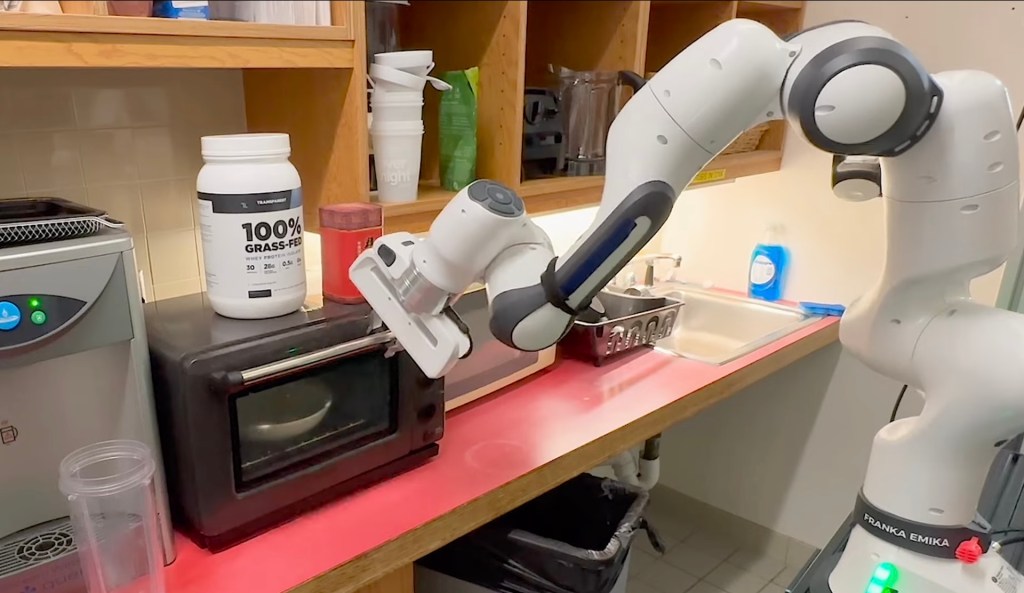

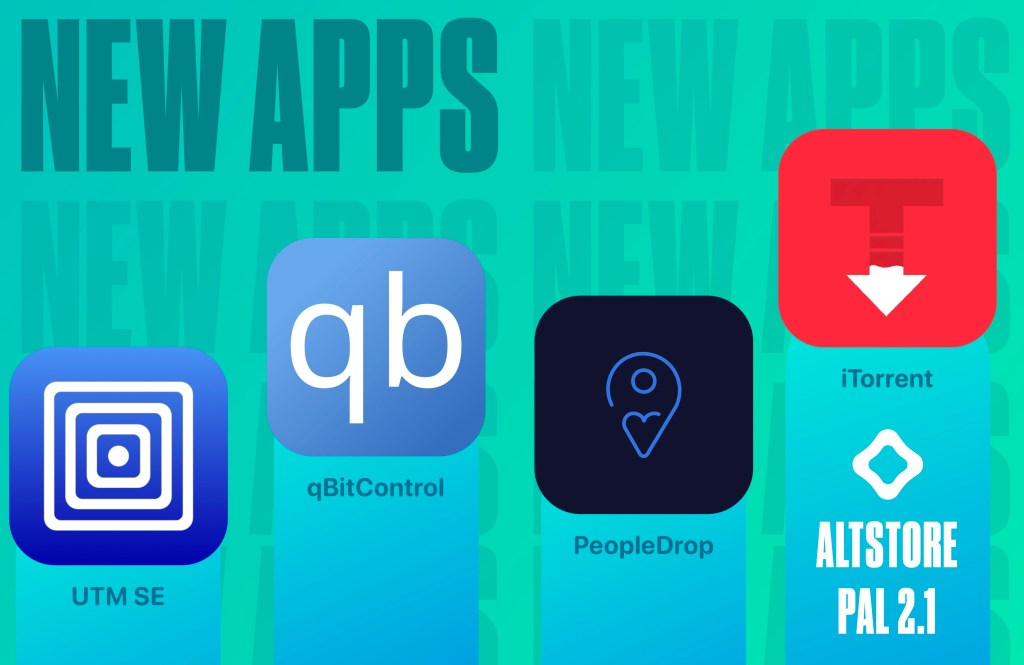




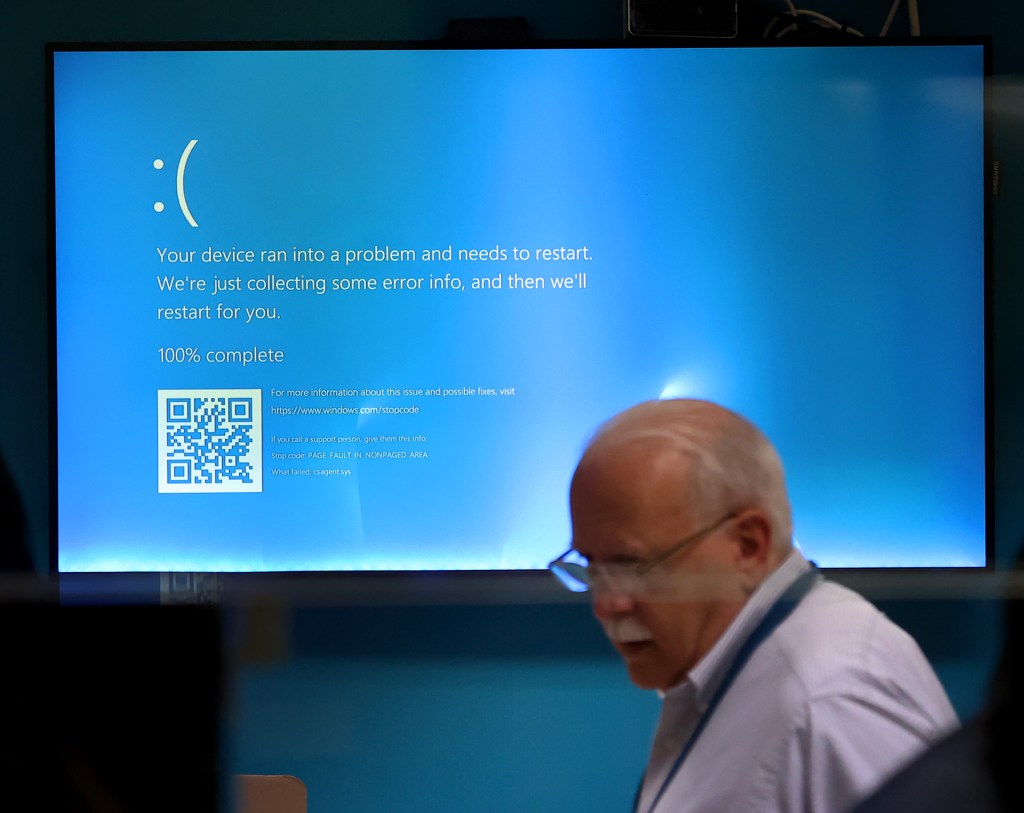



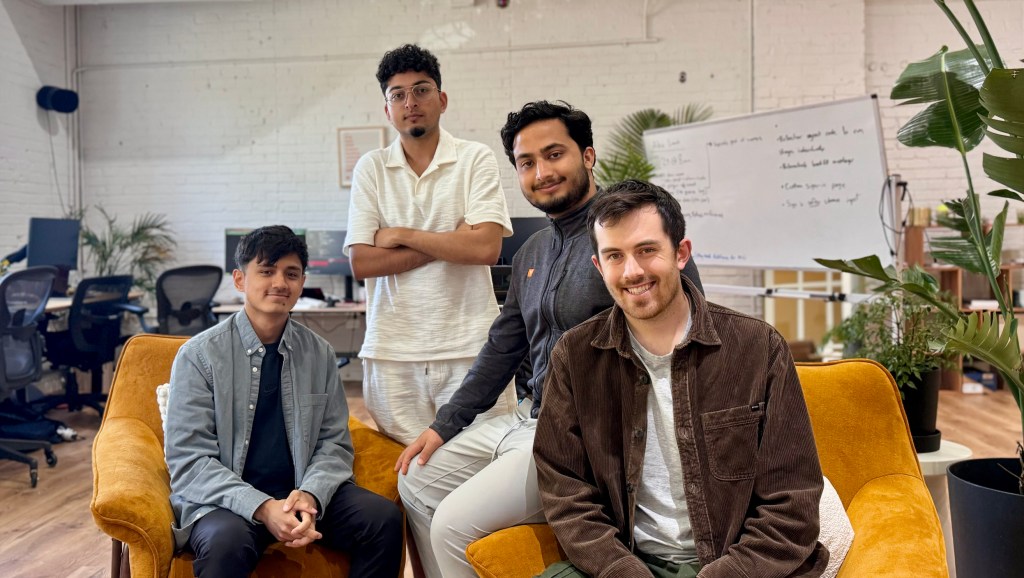



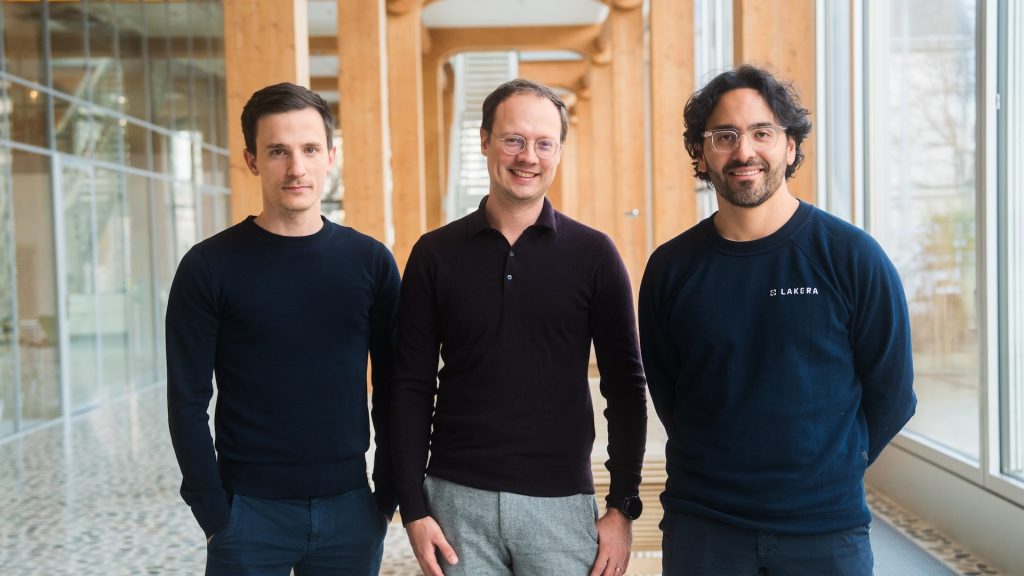













Comment